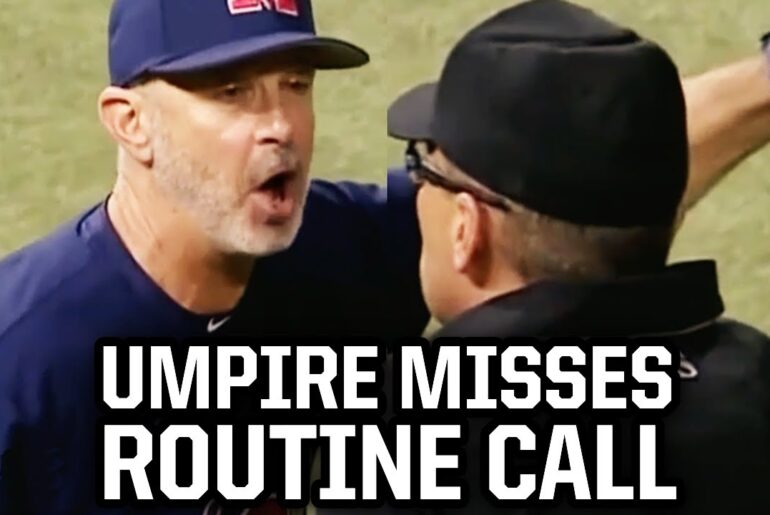We will delve into an intriguing at-bat featuring Domingo German facing off against Carlos Correa and Byron Buxton. This particular sequence of pitches demonstrates Hermann’s effective pitch sequencing, showcasing his ability to manipulate different pitch types and locations to keep the batters off-balance. Let’s examine the breakdown of this impressive display of pitching prowess.
Carlos Correa’s At-Bat
In the first inning, Domingo Hermann engages in a strategic battle with Carlos Correa, using pitch sequencing to his advantage.
- Pitch 1: Hermann opens the at-bat with a fastball inside, which is called a strike by the umpire.
- Pitch 2: Capitalizing on the called strike, Hermann throws another fastball, this time on the outside corner. The change in location forces Correa to adjust his approach and protect against the inside pitch.
- Pitch 3: Exploiting Correa’s adjustment, Hermann delivers an off-speed changeup on the outside edge. Correa swings at the pitch but loses his balance, resulting in a foul ball.
- Pitch 4: With two strikes, Hermann takes advantage of the pitch’s movement. He throws a slider that starts outside and moves away from Correa. The deceptive pitch leads to a swing and a miss, securing the strikeout.
Hermann’s intelligent sequencing, utilizing different pitches and exploiting Correa’s defensive positioning, demonstrates his ability to keep batters guessing and off-balance.
Byron Buxton’s At-Bat
Continuing his impressive performance, Domingo Hermann employs effective pitch sequencing against Byron Buxton in the next at-bat.
- **Pitch 1:** Hermann begins by throwing a first-pitch curveball, aiming to catch Buxton off guard. Although the pitch is not swung at, it is called a strike.
- **Pitch 2:** Building off the curveball, Hermann follows up with a low fastball. Buxton, expecting the slower curveball speed, is slightly behind on the swing, resulting in a favorable outcome for Hermann.
- **Pitch 3:** Hermann changes his pitch type once again, this time utilizing a slider. Buxton, anticipating the movement from the previous pitch, does not swing at the slider, showing the effectiveness of Hermann’s sequencing.
- **Pitch 4:** To complete the sequence, Hermann returns to the changeup, using the opposite movement from the previous pitch. The pitch goes from left to right, inducing a swing and a miss from Buxton.
Hermann’s ability to adjust his pitch selection, exploit the batter’s expectations, and execute precise location highlights his skill in maintaining control and keeping batters off-balance.
Conclusion
Domingo Hermann’s pitch sequencing against Carlos Correa and Byron Buxton showcased his command over various pitch types and locations. By strategically altering pitch speeds, locations, and movements, Hermann was able to keep both batters guessing and capitalize on their defensive vulnerabilities.
Effective pitch sequencing requires a deep understanding of each pitch’s strengths, the batter’s tendencies, and the ability to hit the desired locations consistently. Hermann’s masterful execution of this strategy demonstrates his skill as a pitcher and highlights the importance of intelligent pitch sequencing in the game of baseball.
By analyzing and appreciating Hermann’s pitch sequencing, we gain valuable insights into the artistry of pitching and the intricacies of the mind-game between the pitcher and batter.



